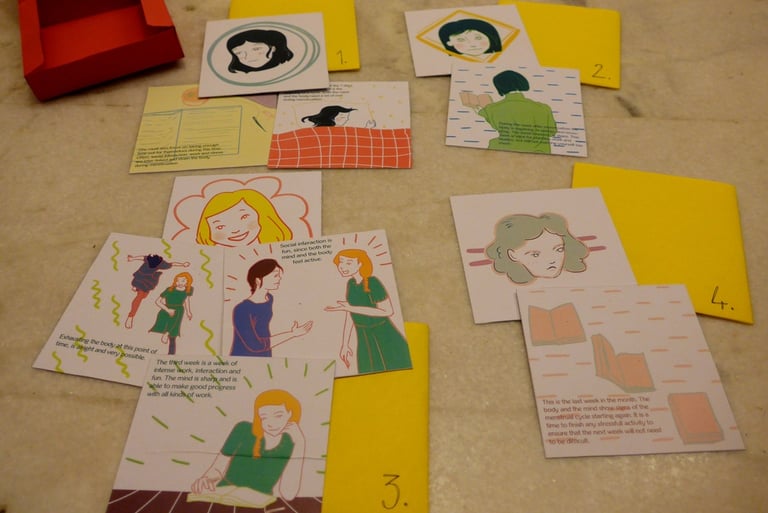Gathering Echoes
Exploring meaningful uses of technology with adolescent girls in rural Mysore
A publication co-created with students
In this Autoethnography I link feminist reflexivity and design, and delve into my position as a Colombian designer working in the Indian context
Project documentation by the Community Partner
I led this project, in collaboration with students at Srishti Manipal Institute of Art, Design and Technology and IT for Change, a Bangalore-based NGO working on Digital Rights and Social Justice. We engaged with four rural communities of Dalit girls and adolescents, as part of their ongoing educational initiatives. Students and I were immersed in understanding daily practices in the villages, especially how power relations operate in this context. We created a set of tools and methodologies for facilitating dialogues on gender, self-expression and identity, making use of digital technologies as smartphones, tablets and sound recorders, hence exploring the role of digital literacy in multiple dimensions of empowerment.
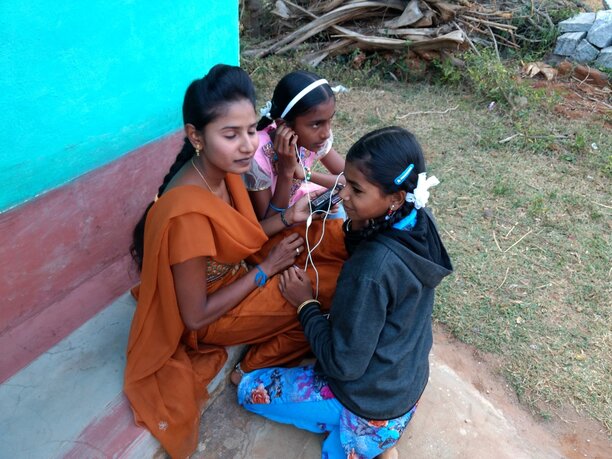

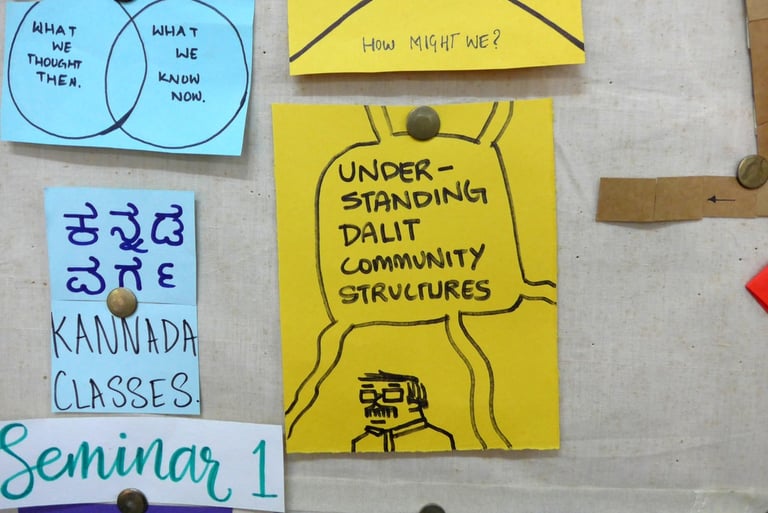

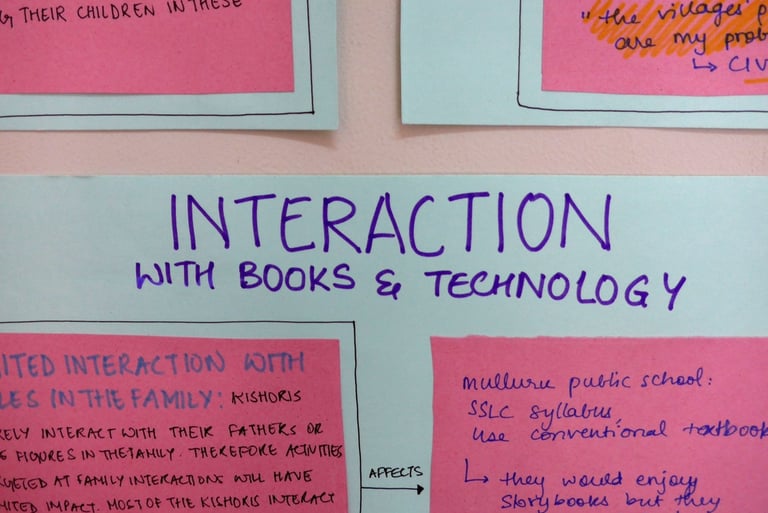

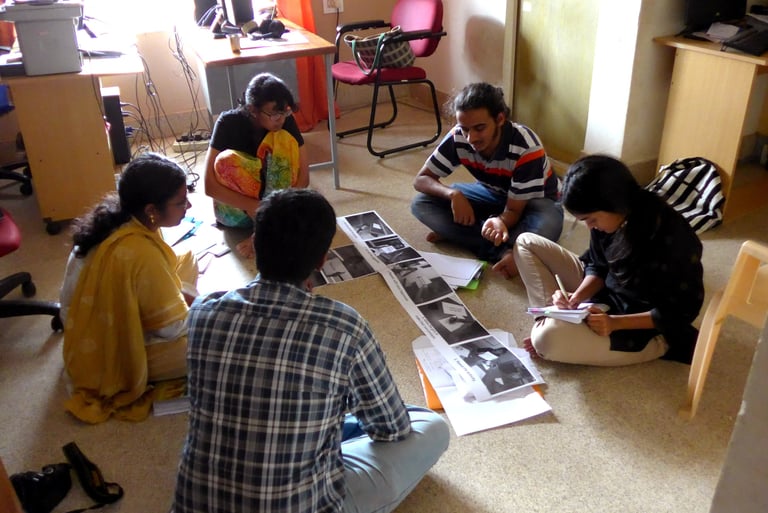

Navigating the future
Having dialogues on gender and identity in the villages took us almost immediately towards dialogues to create and re-create the future. For the group of adolescents, thinking on their immediate future is exciting and an important process of building their imaginaries about themselves and their communities. Even though the girls and adolescents can verbally articulate their aspirations for the future, creative pedagogies allowed us to recognize the sociocultural contexts that will allow them or not to pursue a particular path in life, certain constraints that will appear on the way, which power relations will have to be challenged and which negotiations will have to be established with their families.
To explore aspirations and self-knowledge, we incorporated elements of technology and digital literacy from two ends: One was to introduce the group to technical skills for using digital devices like cameras, sound recorders and tablets. On the other hand, to find along with them, meaningful uses of those devices through facilitating dialogues about gender and identity, as a gateway to exploring the future. The activities using technology included taking pictures of labor relations in the villages, recording individual perspective about their families, or using a selfie as a tool for self expression. These activities were always accompanied by learning dialogues in the larger groups.
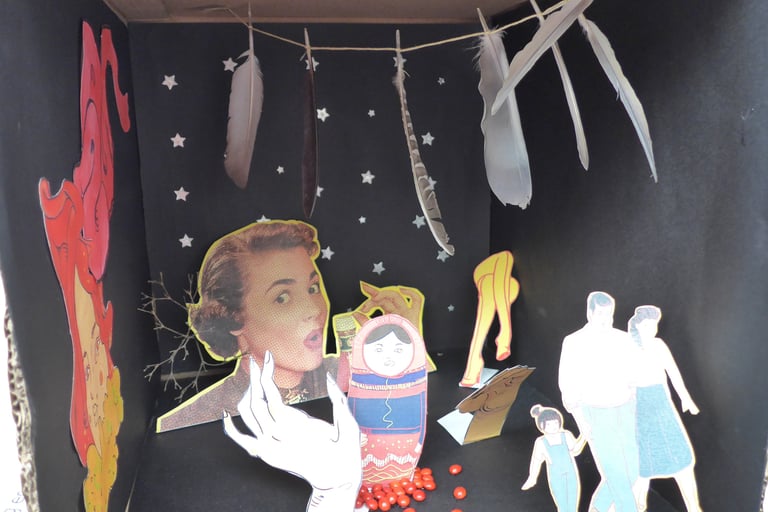

Critical pedagogy and Participatory Design
After a decade working with Participatory Design (PD) methodologies, I’ve noticed a tendency to elevate or romanticize this work as an ideal form of Design, as if by bringing together different profiles of people will automatically ensure that there are not imbalances of power between them. Participatory design does come along with the tendency 'to help' the other, to locate 'the problem' in the context of the "community", but not in the context of the practitioner. This was the first power relation we broke within the project, aiming to create a common ground for learning.
Locating power relations in the body, in the speech and expressing the same with simple visual thinking tools was very valuable for students to locate themselves in a historical and political context. The image above corresponds to a physical representation of the understanding of gender by one of the students involved in this project.
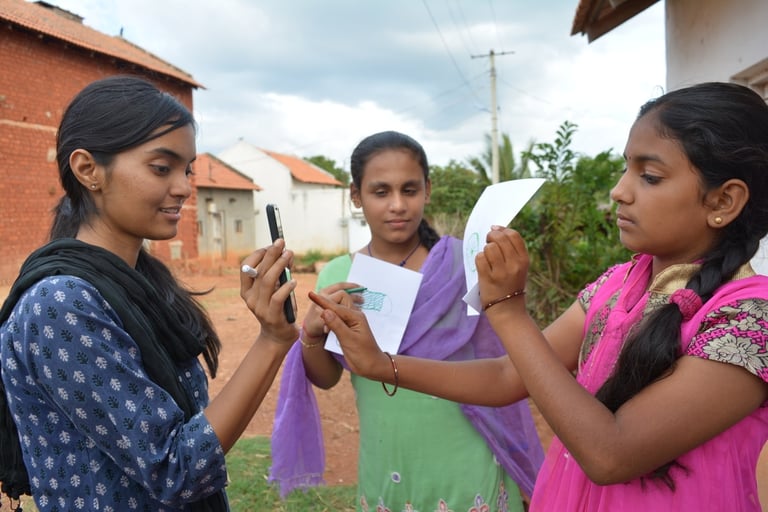

Exploring shared infrastructures between online and offline
We created 15 pedagogical tools that use a variety of creative processes as enactment, drawing, voice, game, collage, performance, comic, video collage and others, in combination with digital tools. More importantly, each one of the materials is accompanied by an ecosystem which not only depicts the larger framework of meaning where the pedagogy was designed, but all the supporting processes that accompany the pedagogical process outside the community center, and that serve as reinforcing tools for the girls in their everyday environments. Only when exercising their empowerment in the actual contexts of oppression, we are translating the creative practices into motivations for reclaiming our rights.
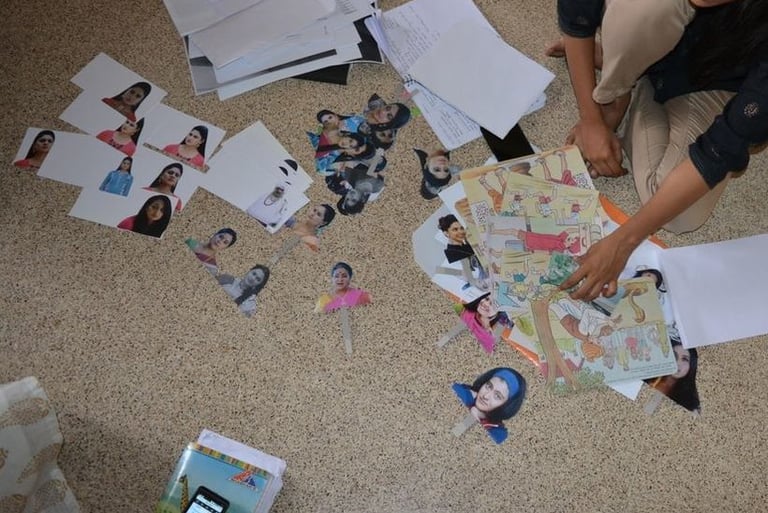

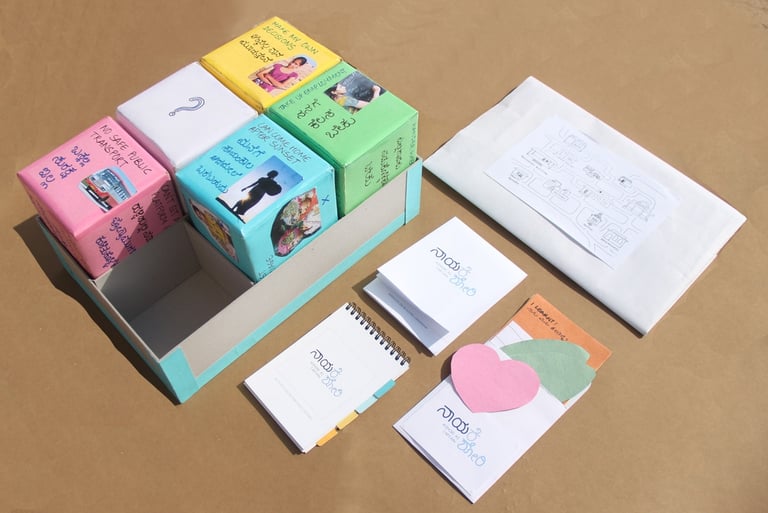

Above left: Deconstructing media. Using collage and pictures of the village taken by the community as background of an animated story (Student: Nikhila Nanduri). Center: "Modules on Leadership", using dices for creating alternatives for the future (Student: Anushree Chokappa). Right: Explanatory cards for the module on "Understanding menstruation" (Student: Nandita Ratan).
